Wildfire season is no longer confined to the hot, dry summer months, but is a risk that communities now face year-round. Even well before the traditional start of the wildfire season, fires have already burned 1.7 million acres in the United States. And money and resources continue to be needed in communities, like Lahaina, that are still only in the early stages of recovering from last year’s wildfires. To better protect communities, we must reevaluate federal spending and ensure federal dollars go to the most effective on-the-ground activities that reduce wildfire risk.
Federal spending on wildfire management is complex, costing taxpayers billions annually across dozens of agencies and hundreds of programs. One year ago this week, TCS released a new report, “Clearing the Smoke: A Closer Look at Federal Spending and Programs on Wildfire,” that broke down historical and recent wildfire spending, and examined many of the programs crisscrossing the bureaucratic landscape.
Our report explored how decades of suppression-centric policies, combined with drier conditions driven by climate change, have resulted in more frequent and deadly wildfires. According to the National Oceanic and Atmospheric Administration, the number of billion-dollar wildfire events has doubled from an average of 0.4 per year in the 1990s, with an annual cost of $1.3 billion, to 0.8 per year over the last 10 years, with an annual cost of $9.6 billion. Accordingly, federal wildfire spending nearly tripled from the 1990s to 2010s, in addition to other increases in mitigation and recovery expenses.
Recently, the federal government has recommitted its attention and federal funds towards addressing the wildfire crisis. Legislation such as the Infrastructure, Investment, and Jobs Act (IIJA) and the Inflation Reduction Act (IRA) allocated $10.5 billion to the Forest Service for forest management, planning, fuels treatment, and ecosystem restoration over the next decade, with additional funding earmarked for other agencies engaged in wildfire management.
However, merely directing more money is like trying to fill a bucket with a hole in it, which is why the IIJA also established the Wildland Fire Mitigation and Management Commission to develop recommendations for Congress. Their final report came in the fall, and it contained 148 consensus recommendations agreed upon unanimously by commission members–which included representatives from federal agencies, state, local, and Tribal governments, non-governmental organizations, academia, and the private sector.
Many the Commission’s recommendations echoed TCS’s own “Taxpayer Tools to Tackle Wildfire,” including calls to invest in wildfire risk mitigation, change performance metrics to more accurately measure success, and improve wildfire budget stability and structures. These final recommendations, if implemented, could better protect communities and significantly reduce the costs of wildfires for taxpayers.
Now comes the hard part–turning the Commission’s recommendations into concrete action. There is no question that federal wildfire policy requires comprehensive, holistic reform. And with 148 recommendations –nearly all of which are interconnected–the report highlights many needs and, consequentially, many opportunities for Congress and the Administration to improve federal wildfire spending and policies.
Understandably, the conversation around wildfire spending often focuses on increasing salaries and resources for the thousands of firefighters who protect our communities. The IIJA provided $600 million in temporary pay supplements for federal wildland firefighters, and a recent bipartisan coalition introduced legislation to make this pay increase permanent. Much of the Forest Service and Department of the Interior’s requested increases in funding for fiscal year 2025 would also be directed towards increasing base salaries and expanding the federal wildfire firefighter workforce.
Securing fair compensation for firefighters is vital. Yet, as these and other ‘politically appealing’ policies gain momentum in Congress, we must ensure that other much-needed reforms–particularly those pertaining to risk mitigations and improved federal budgeting–do not get left on the cutting room floor. Funding and proper resources to control and contain wildfires is critical, but policymakers cannot allow suppression spending to monopolize the wildfire budget, as it has in the past.
As we highlighted last year in Clearing the Smoke, the greatest opportunity to prevent and mitigate the negative consequences of wildfire is before a fire starts. Building more fire-resilient communities and landscapes can save lives and reduce costs. A 2019 study by the National Institute of Building Sciences found that every $1 invested in fire mitigation at the Wildland Urban Interface–where communities and wilderness intersect–yields $3 in benefits.
With recent generational investments in wildland fire risk reduction, suppression, and recovery totaling tens of billions of dollars, greater transparency and effectiveness of wildfire funding is crucial. More detailed tracking of taxpayer dollars and the impacts of federal investments will improve our ability to steer federal funds towards the most effective activities for the most vulnerable communities. In Clearing the Smoke, we propose several strategies to enhance cross-department tracking and accounting, including the development of budget crosscuts. A wildfire budget crosscut would help identify spending trends over time and help policymakers and the public in understanding how taxpayer dollars are being spent on wildfire.
Wildfires aren’t going away any time soon. Next week, the House Natural Resources Committee is scheduled to hold a hearing on wildfires and pending legislation. As policymakers review and strive to implement the Commission’s recommendations, we urge them to adopt common sense solutions that protect lives, save money, and foster a healthier forest and wildland ecosystem rather than reverting to the failed systems of the past.


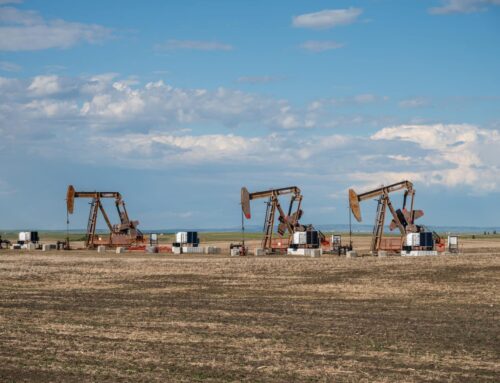
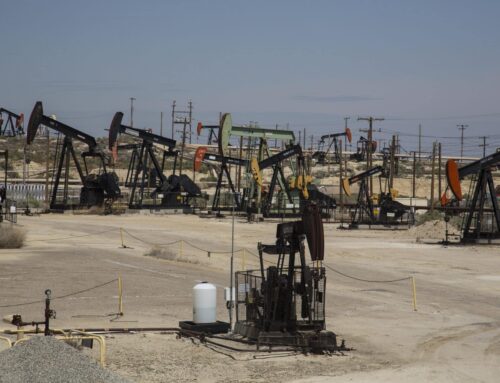
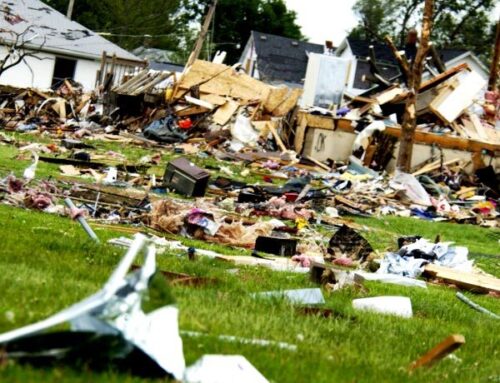

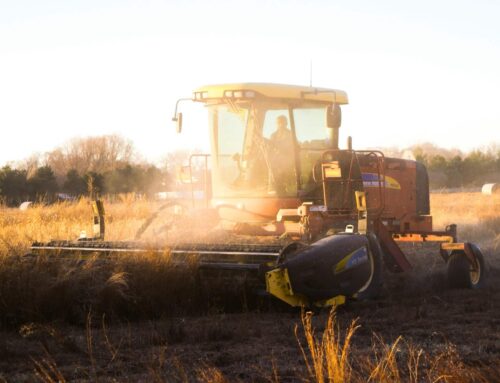


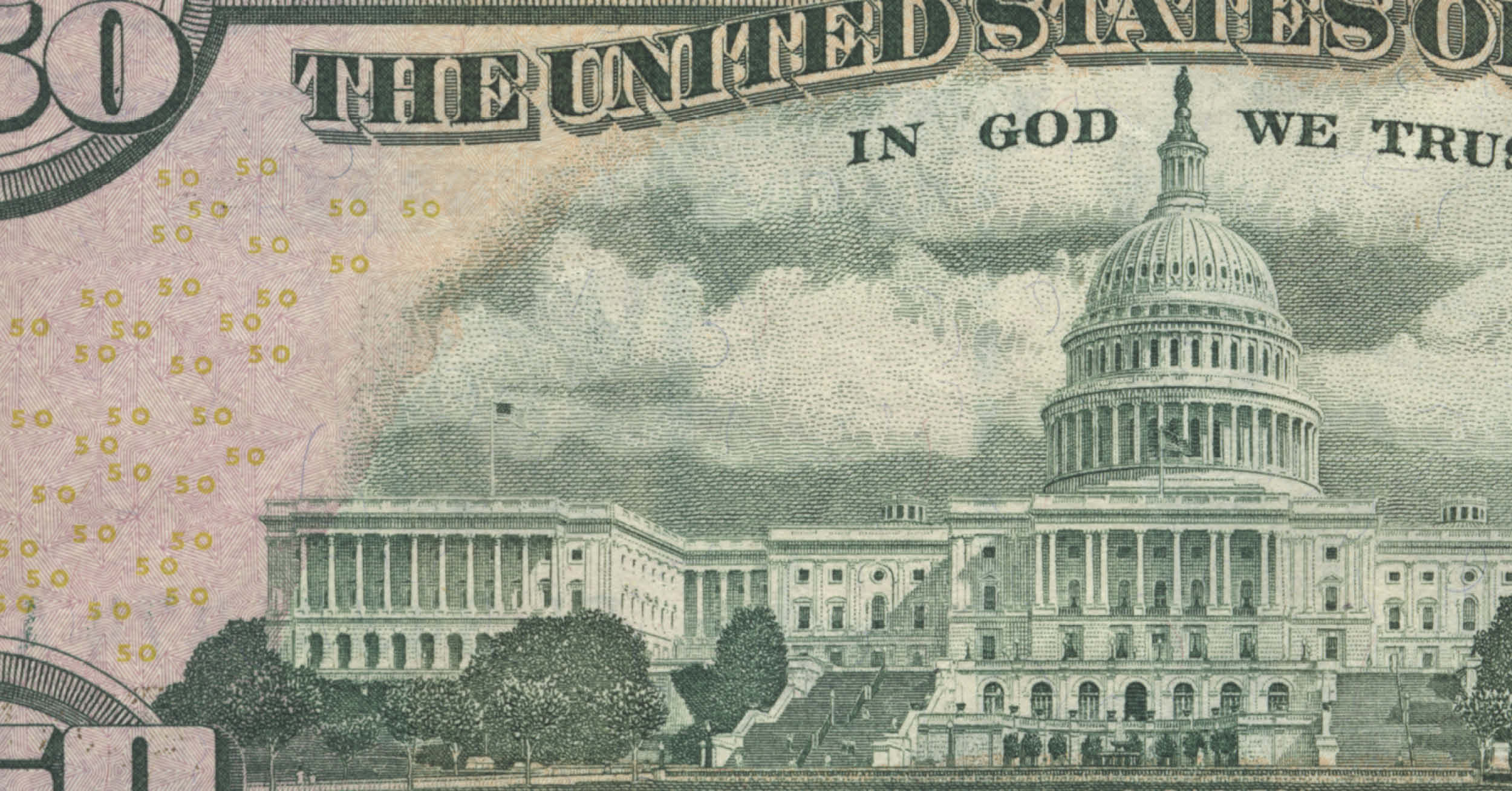
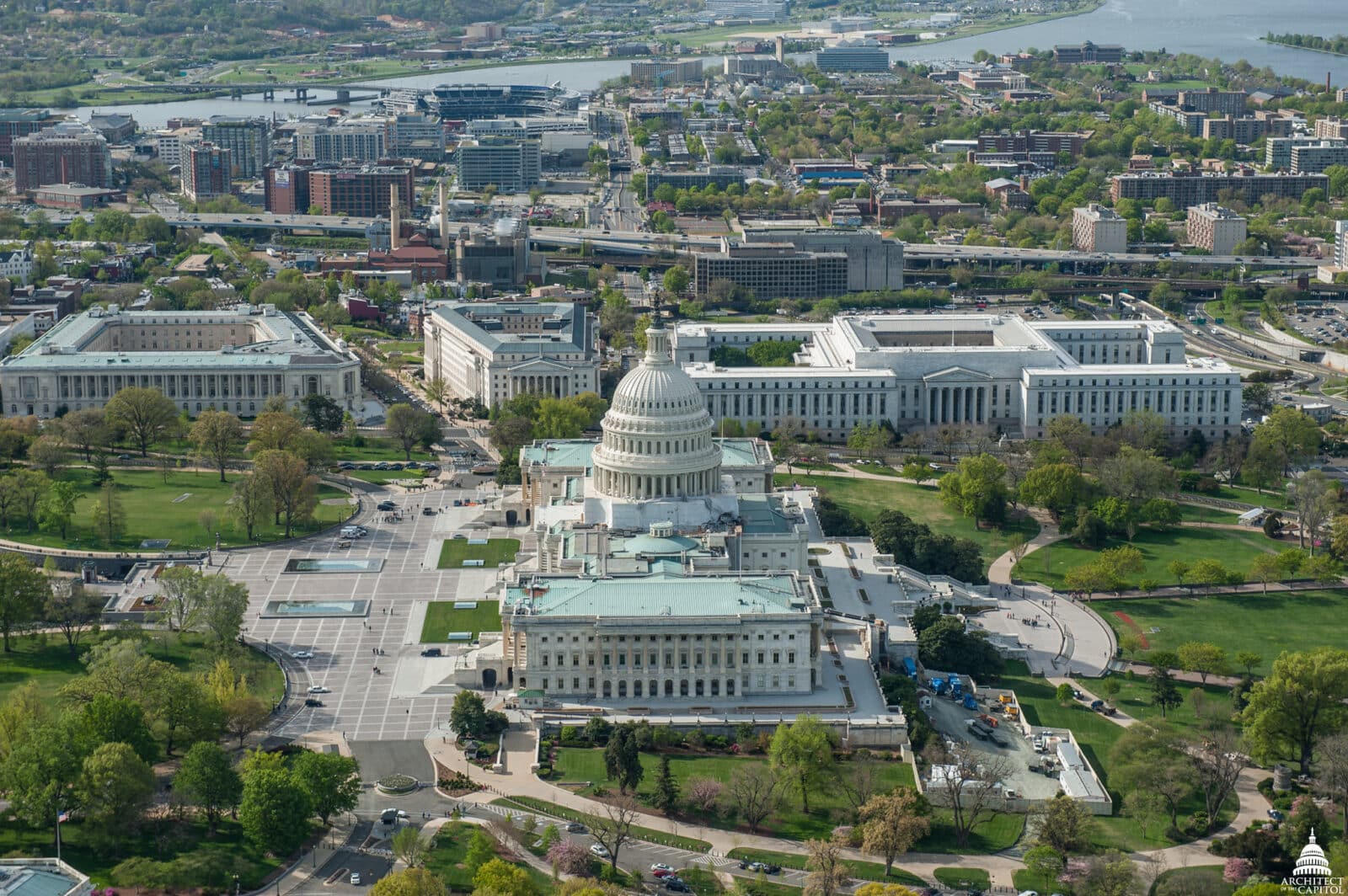


Get Social